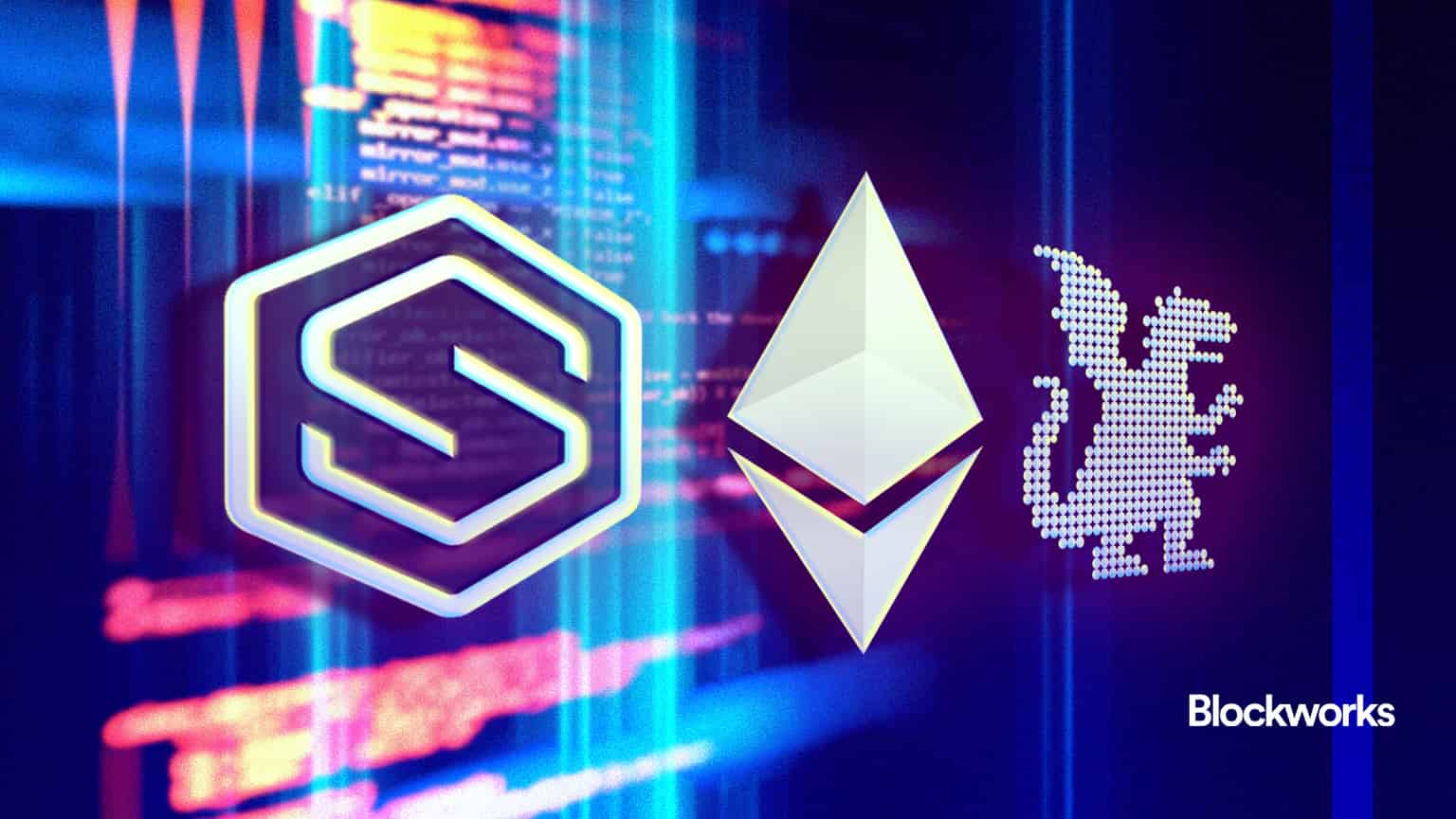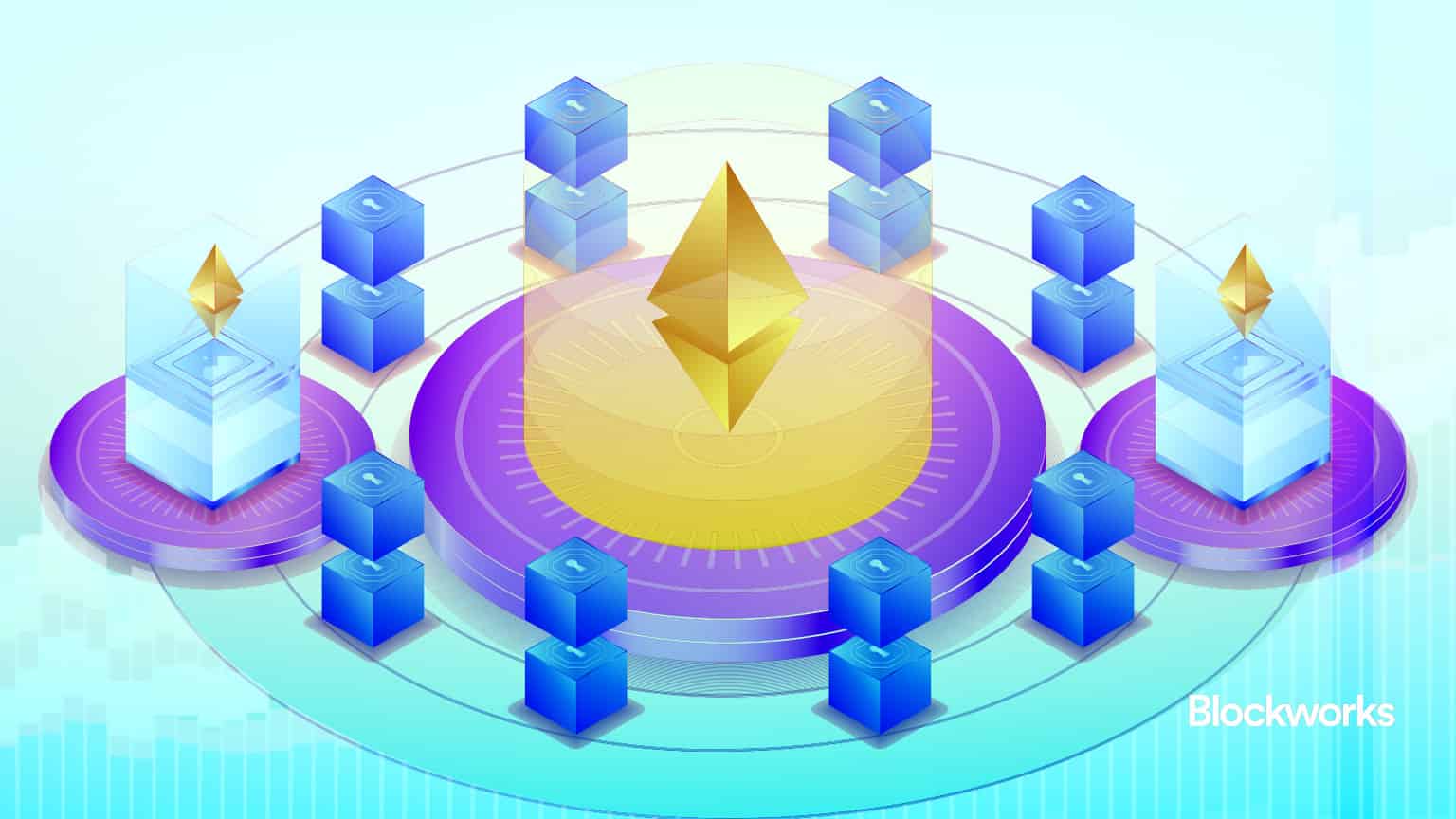Ethereum

Ethereum rolls out Fusaka, setting the stage for a stronger blob fee market and renewed deflationary potential

When crypto meets the courtroom, everyone speaks in food metaphors — and nobody leaves full

With tBTC under the hood, Acre abstracts bridging and converts non-BTC rewards to bitcoin

The $200M Sharplink plan combines staking, Eigencloud AVS rewards and partner incentives under qualified custody

Engineers from MetaMask, Coinbase, Google, and the Ethereum Foundation make the case for onchain AI agents via ERC-8004

From The DAO to Mango Markets, a documentary puts the spotlight on whether immutability should trump intent

Praise from EF leaders, warnings from skeptics — and a community deciding whether this is a threat or a forcing function

Friday saw dramatic crypto market activity in the hours after President Donald Trump threatened a new flare-up in US-China trade tensions.

Speculation about a DAT company steering Ethereum overlooks its governance: messy and resistant to corporate capture

Gnosis is betting that openness — not ownership — will define the future of onchain money

The perp DEX verifies matching and liquidations with custom zero-knowledge circuits and keeps user assets on Ethereum

FG Nexus teams with Securitize to bring its Nasdaq-listed equity onchain, offering tokenized stock trading through Ethereum

New appointments aim to coordinate privacy projects across Ethereum, advancing cryptographic tools and secure scaling

EF report maps eight factions within the ecosystem, warning that short-term pragmatism is eclipsing the protocol’s founding vision

The self-styled web3 “operating system” launched its token, on Ethereum, but third-party dapps and AnomaPay are not yet live

Fusaka testnet activations begin next week with a 60M gas limit bump in tow. Meanwhile, Ethereum core devs gear up for Glamsterdam’s first devnet

Optimum’s faster relay, tested by Everstake, could boost validator rewards today and help Ethereum move toward 6-second slots tomorrow

The Ethereum wallet unveiled its native token alongside major app upgrades, signaling plans for trading and gaming features

The network upgrade introduces PeerDAS, phased blob expansion, and audits as Ethereum pursues greater scalability and efficiency

New short and long-term priorities include L1 gas boosts, ZK-EVMs, privacy reads, and a lean, quantum-resistant Ethereum



